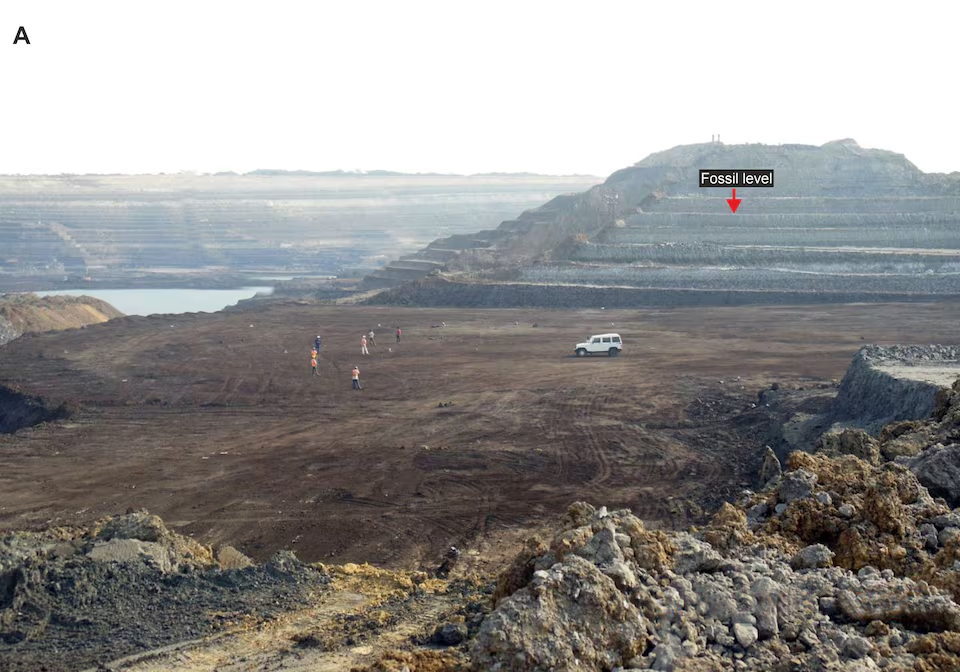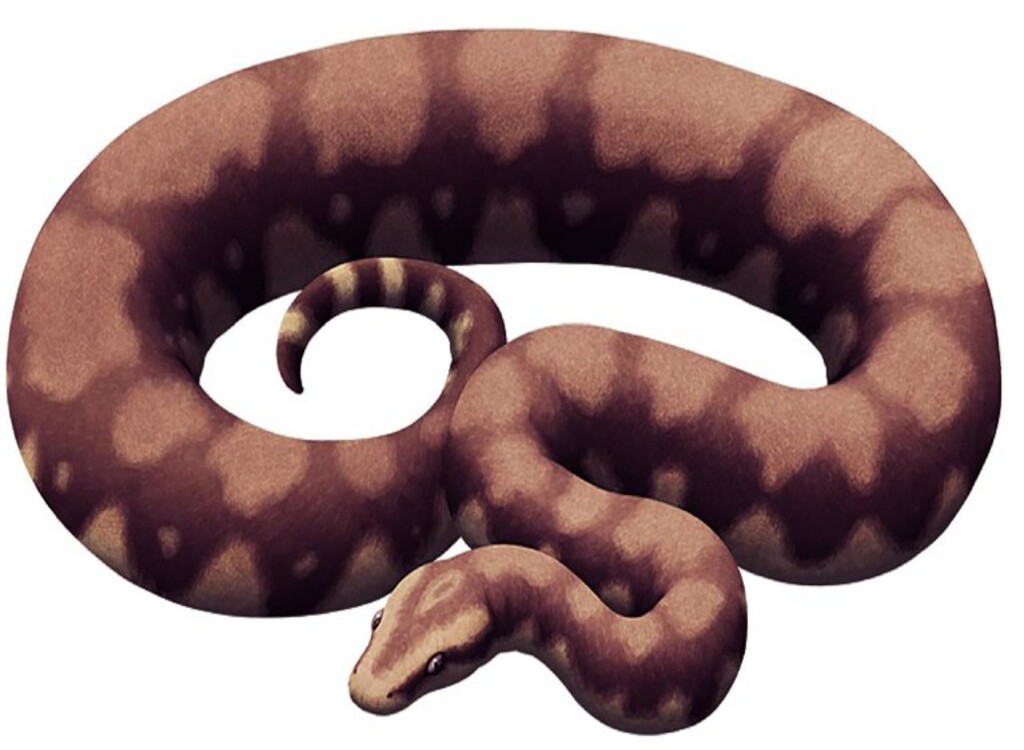Although from biblical means to the real world, most people have at least a distrust or reluctance, if not fear, when it comes to snakes. Then imagine meeting face to face with a 12-foot venomous king cobra or a 30-foot gigantic green anaconda! Those movies with giant snakes are in the eco-horror category for a reason!
Now, when we rewind time to 66 million to 56 million years back, all the way to the Paleocene epoch, the fossils tell us about a scary behemoth of primordial snakes that used to roam the ancient earth just after the extinction of the dinosaurs.
Being a monster roughly 42.7 feet long and weighing an average of about 1.25 tons, this ambush predator, Titanoboa, is considered the largest snake the world has ever known.
The discovery of another prehistoric giant!
However, now, the new archaeological findings force the world to rethink the world’s largest snake! In 2024, palaeontologists in India unveiled the fossilized remains of Vasuki indicus, a massive snake that slithered across the subcontinent approximately 47 million years ago. Belonging to the extinct Madtsoiidae family, this serpent measured an estimated 36 to 49 feet in length, rivalling the size of Titanoboa, the largest known from Colombia.
Named after the revered serpent Vasuki from Hindu mythology, the discovery has ignited discussions about the interplay between ancient fossils and cultural narratives.
Vasuki indicus
Discovered in the Panandhro lignite mine in Gujarat’s Kutch Basin, Vasuki indicus belongs to the Madtsoiidae family, an ancient group of snakes that thrived across the Gondwana continents. Being the longest snake the world has ever known, this titanic snake likely dominated the warm, humid ecosystems of the Middle Eocene, a period when India was an isolated landmass drifting toward Asia. Using 27 fossilized vertebrae, researchers from the Indian Institute of Technology Roorkee reconstructed its size, suggesting it was a slow-moving, ambush predator akin to modern pythons.
The discovery is pivotal for understanding snake evolution. Madtsoiidae snakes, once widespread, vanished from most regions by the Late Eocene, but Vasuki indicus indicates they persisted longer in India, possibly due to its isolation. This positions India as a “refugium” for ancient species, offering clues about survival strategies during climatic shifts.

The cosmic serpent
In Hindu texts, Vasuki is the king of serpents (nagas), a divine being entwined in some of the tradition’s most iconic tales. During the Samudra Manthan (churning of the cosmic ocean), Vasuki served as the rope used by gods and demons to extract Amrita, the elixir of immortality. Later, he became a symbol of devotion, coiled around the neck of Shiva, the god of destruction and renewal. Vasuki’s mythological stature embodies power, duality (venomous yet benevolent), and connection to primal forces.
Fossils and folklore – Could myths actually hold truth?
The naming of Vasuki indicus invites speculation: Could ancient humans have encountered similar fossils, inspiring the myth of a giant serpent? This idea aligns with euhemerism, the theory that myths originate from real events or phenomena. For instance, Greek Cyclops legends may have arisen from mammoth skulls mistaken for one-eyed giants, while Chinese “dragon bones” were later identified as dinosaur fossils.
In India, where fossil-rich regions overlap with cultural heartlands, it is plausible that prehistoric snake remains influenced local lore. The sheer size of Vasuki indicus—imagine vertebrae the width of a human hand—would have left a striking impression on ancient communities. Without scientific frameworks, such fossils might have been interpreted through a spiritual lens, morphing into tales of divine serpents.

Thought…?
The discovery of Vasuki indicus does not essentially “prove” Hindu myths or disprove anything, but it sheds new light on our understanding of how cultural narratives might be rooted in environmental interactions. It challenges us to view mythology not as mere fiction but as a canvas where humanity’s earliest encounters with the natural world—from towering serpents to apocalyptic deluges—were recorded, distorted, and immortalized.
As science and humanities collaborate, fossils like Vasuki indicus remind us that truth and myth are often entwined, each revealing facets of our collective past. In the words of palaeontologist Sankar Chatterjee, “Every fossil tells a story—sometimes, that story becomes legend!”
(Images: reuters.com, nature.com)











Leave a comment